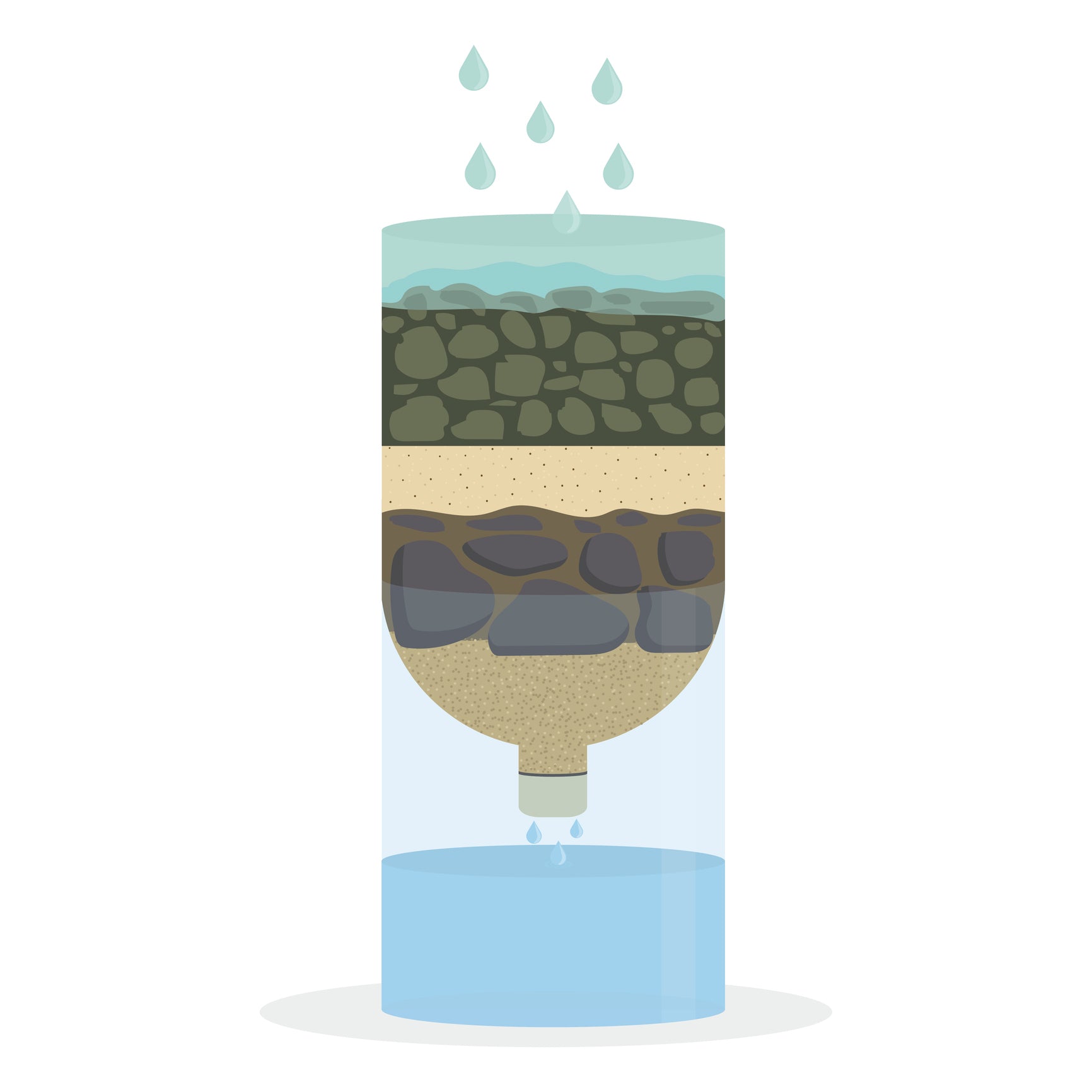Effective ways to protect your home from flooding
table of contents
Introduction
1. Flood risk assessment
2. Measures against landslides and flooding
3. Compliance with construction standards
4. Installation of waterproof walls and barricades
5. Use of floating furniture
6. Proper placement of electrical equipment
7.Creating an evacuation plan
8. Get proper insurance
9. Participate in community measures
10. Adoption of measures appropriate to local characteristics
11. Continuous information gathering and preparation update summary
Introduction
Floods can be caused by natural disasters such as heavy rain or river flooding. It is important to take appropriate measures to protect your home and property. Below we detail effective ways to protect your home from flooding.
1. Flood risk assessment
Assessing flood risk is an essential step when building a home on higher ground. We investigate local weather information and past flood data to understand specific water levels and frequency. This will help you predict how high the flood will be and select the appropriate height. Check flood risk areas and evacuation routes using flood maps provided by local meteorological bureaus and disaster prevention organizations.
Communication with local residents and experts is also important. Sharing local flood experiences and receiving advice from local experts will enable more accurate risk assessments. By understanding the characteristics and effects of flooding, you can better plan your home construction.
2. Measures against landslides and flooding
Building on higher ground can reduce the risk of flooding, but you must also be aware of other risks such as landslides and flooding. In order to reduce the risk of landslides, we confirm the stability of the ground through ground surveys and perform ground improvement as necessary. It is also important to assess surrounding drainage systems and install appropriate drainage facilities to reduce the risk of flooding.
It is important to utilize expert advice during the construction process to reduce the risk of landslides and flooding. By implementing appropriate measures that match the local geology and land characteristics to make the house more stable, it is possible to build a house with a strong structure that can withstand natural disasters other than floods.
By considering these points, you can minimize the risk of flooding when building a house on high ground, and proceed with a building plan that takes regional characteristics and safety into account.
3. Compliance with construction standards
When building a home on high ground, it is very important to comply with local building codes and regulations. This ensures the durability and safety of your home and provides appropriate countermeasures against natural disasters such as flooding.
Building standards are established based on local weather conditions and ground characteristics, and are guidelines to ensure the durability and safety of buildings. Even when building on high ground, the design and structure of the building must be determined by considering its resistance to factors such as flooding and wind.
Particularly in areas at risk of flooding, building standards stipulate the height of buildings above the floor, the height of foundations, drainage facilities, etc. This will keep your home safe from flooding during floods.
Compliance with construction codes requires cooperation from local building authorities and experts. Consult with your local building authority to understand flood risk and safety guidelines before you begin your architectural design. By working with experts on your construction project, you can ensure that your home meets the appropriate standards for flood protection.
4. Installation of waterproof walls and barricades
Installing waterproof walls or barricades is an effective way to protect your home from flooding. These physical barriers serve to stop flood water from entering and protect the interior of your home. A waterproof wall is a waterproof material or wall installed around a home to limit the ingress of flood water. Waterproof walls may also be constructed using sandbags or concrete blocks. This reduces the chance of water entering your home. A barricade is a barrier used to protect an opening such as a window or door. Special emphasis will be placed on areas where water may enter during floods. Barricade materials are designed to be water-resistant and impermeable to water.
When installing barricades and waterproof walls, it is important to pay attention to the following points:
Proper installation location: Install in an opening or low position to prevent water ingress.
Sturdy construction: Barricades and waterproof walls must have strong construction to withstand water pressure.
Adequate protection: In addition to covering all openings in your home, it is important to ensure that the barriers you install are airtight.
It is important to prepare waterproof walls and barricades before flooding. By properly implementing these measures, you can protect the inside of your home and minimize damage during floods.
5. Use of floating furniture
To prevent furniture from being submerged in water during floods, it is effective to use floating furniture. Floating furniture can help minimize water damage, especially in low-lying rooms and laundry rooms.
Floating furniture incorporates designs and accessories to provide buoyancy. For example, by choosing floating beds, cabinets, and shelves, your furniture will float above the water during floods, reducing water damage.
When choosing floating furniture, it is important to pay attention to the following points:
Water Resistance: Floating furniture should preferably be made from water resistant materials. Choose materials that will not deteriorate even when exposed to water.
Proper installation: Floating furniture can be placed appropriately to match the layout of your home to ensure smooth passage through your home during floods.
6. Proper placement of electrical equipment
Electrical equipment and wiring in your home must be properly laid out as flooding can pose a risk of fire and electric shock. To ensure safety during floods, keep the following points in mind.
Elevate: Elevate electrical equipment and wiring to keep them out of reach of flood water. Place electrical outlets and switches in locations where there is less risk of flooding.
Use waterproof outlets: Waterproof outlets and switches reduce the risk of electric shock if water gets in.
Installing a circuit breaker: By installing a circuit breaker in your home's electrical equipment, you can cut off the power in the event of an abnormality and prevent fire or electric shock.
Proper placement and precautions for electrical equipment can ensure your home's safety during floods and minimize electrical risks.
7.Creating an evacuation plan
To ensure your family's safety in the event of a flood, it is important to create an evacuation plan in advance. Include the following elements in your evacuation plan:
Check your evacuation route: Check your evacuation route from your home to your evacuation site to ensure everyone in your family can travel quickly and safely. It is also important to consider multiple evacuation routes.
Selection of evacuation site: Select a safe evacuation site, such as high ground or a shelter. Get information about local evacuation shelters and evacuation sites, and check the necessary supplies and access information in advance.
Share emergency contacts: Include your family's emergency contacts and list of emergency contacts in your evacuation plan. Share contact information so your family can stay in touch during an evacuation.
Reviewing and practicing your evacuation plan with the whole family will help you respond calmly in an emergency.
8. Get proper insurance
Proper flood insurance is important to minimize flood damage. General fire insurance may not include flood damage, so it is necessary to consider flood insurance. Flood insurance includes coverage for damage, repair, and restoration of your home and property. Choose the appropriate insurance according to the flood risk in your area and understand the insurance premiums and coverage details. By purchasing insurance, you can reduce the financial burden in the event of damage.
9. Participate in community measures
In order to protect your home from flooding, it is important to take disaster prevention measures not only for individuals but also for the entire community. By participating in community action, we can reduce flood risk together.
Participate in local disaster prevention activities and community organizations and do the following:
Information sharing: We will share information on local flood risks and countermeasures to ensure that all residents have correct knowledge.
Strengthening cooperation: We will work with neighbors and local people to strengthen support systems during disasters. Let's build cooperative relationships to support each other's safety.
Disaster prevention drills: Regularly conduct disaster prevention drills within the community to confirm and strengthen evacuation and emergency response.
Participating in community-wide efforts not only increases the effectiveness of flood prevention efforts, but also strengthens local cohesion.
10. Adoption of measures appropriate to local characteristics
It is important to consider local characteristics when planning flood countermeasures. We select the most appropriate countermeasures according to the different conditions of each region, such as climate, topography, and ground. In cooperation with local experts and disaster prevention organizations, we will consider the following measures:
Development of levees and evacuation facilities: In areas with high flood risk, it is effective to develop levees and evacuation facilities. We plan and construct facilities that suit the characteristics of the region.
Improving drainage systems: Evaluating local drainage systems and installing or improving appropriate drainage facilities can reduce flooding.
By adapting measures to local characteristics, you can achieve more effective flood protection and make your home and community safer.
11. Continuous information gathering and preparation updates
Flood prevention is not a one-time thing. It is necessary to continually collect information and update countermeasures. It is important to review and improve measures as appropriate in response to changes in weather and local conditions.
Specific steps include:
Monitoring of weather information: We regularly check weather information and collect information that encourages vigilance, such as when flood risk increases and heavy rain forecasts.
Regularly practice your evacuation plan: Review your evacuation plan regularly with your family so everyone remembers evacuation routes and locations.
Updates to countermeasures: New technology and equipment may become available. We regularly review our measures and incorporate the latest information and equipment to make improvements.
Protecting your home from flooding requires careful planning and preparation. Building on higher ground is an effective way to reduce flood risk, but you also need to be aware of other risks such as landslides and flooding. During construction, it is important to consider local flood risks and standards and take appropriate designs and countermeasures.
summary
Physical measures are also important, such as installing waterproof walls or barricades, using floating furniture, and properly locating electrical equipment. You can also help keep your family and property safe by creating an evacuation plan, purchasing proper insurance, and participating in community preparedness efforts.
Furthermore, it is essential to take measures that take regional characteristics into account and to continually gather information and update preparations. Flood countermeasures are not a one-time initiative, but require continuous efforts. It is important to constantly review and improve measures to protect your family's safety while incorporating the latest information and technology.
These methods of protecting your home from flooding should be adapted to suit the needs of each individual household and region. By taking appropriate measures, it is possible to minimize the risk of flooding while creating a safe and durable home.








